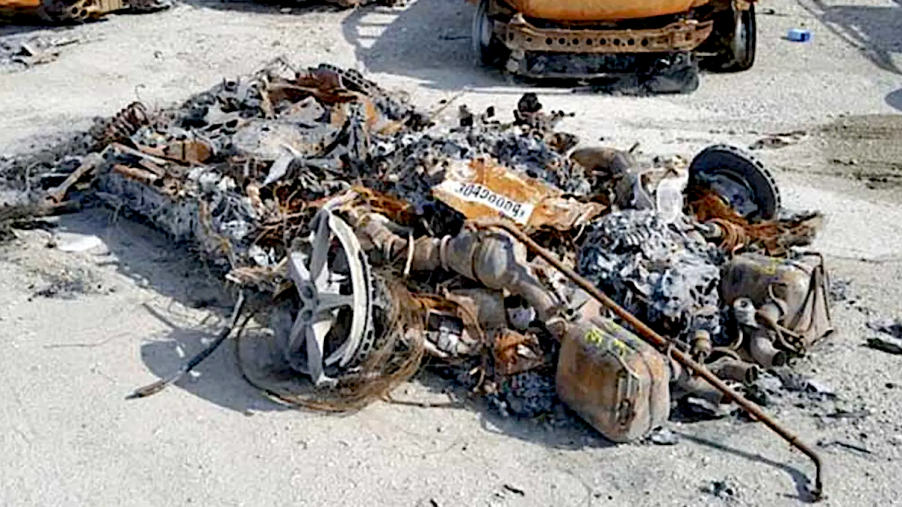
Investor Says You Can Make Possibly Millions Buying a Fried Ferrari Hulk
Rob Ferretti, known for his “superspeedersrob” YouTube channel, has a long-term investment suggestion for you. He says it could ultimately reward you with vast sums of profit. We are not endorsing, nor are we knocking what his plan is. Rather, we bring it to you more as a curiosity, one that may have you looking at a fried, burnt-to-a-crisp Porsche or Ferrari with nothing left, a bit differently.
What kinds of Porsche and Ferrari cars will this work for?
Rob’s plan suggests the earning potential from a destroyed supercar could be huge. With all of the supercars destroyed by the Hurricane in Florida popping up on Copart and other salvage sites, it got him thinking. There is a way to capitalize on this situation that could outperform many other forms of investment.
But you’ll need a fair chunk of change to do it. And you’ll need to sit on it for, oh, maybe 20 or 30 years. He suggests, and rightly so, that supercars and hypercars have seen steady increases in value forever. We’re talking Ferrari F1s, Bugattis, Porsche Carrera GTs, the real heavy hitters. Surprisingly, over the years, a fair number of them get completely destroyed.
Why pay $50,000 for a burnt, destroyed Ferrari?
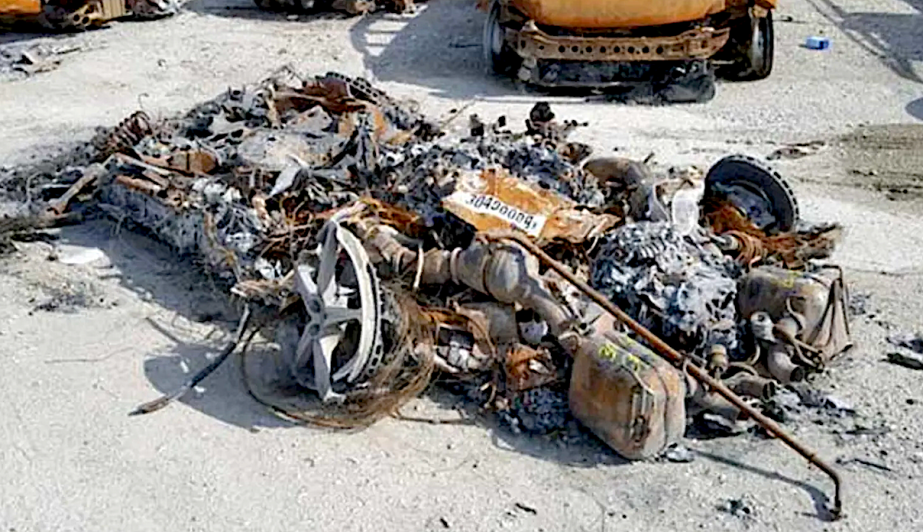
With that given, here’s what he suggests. Do you remember the McLaren P1 that went viral in Florida almost completely underwater? It landed on Copart and saw bids in the hundreds of thousands of dollars. That’s not what you want, though it not only resembles a car, it is one, as opposed to a charred pile of ashes.
What you want to look for are the salvage cars so destroyed you don’t recognize them. They’re cars that fall down cliffs and then burst into flames destroyed. Really, all that is left of them is some mangled metal and a VIN number, yet they’re still selling for $50,000 or $80,000. And you wonder who would pay that much for a toasted Enzo or Bugatti?
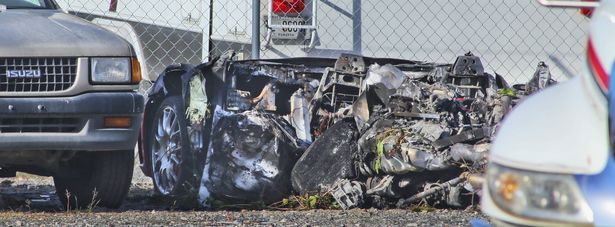
That’s what you want to look for. The idea is to get one and then you sit on it. OK, then what?
Remember that many of these high-end marques like Porsche or Ferrari will restore a car for you. It is really expensive, but they have everything necessary to replicate anything you need. If you have a smashed fender and door on your Ferrari Mexico, it will make you a new one. These cars are mostly hand-made anyway, so they’ll hand-make you a new fender and door.
Again, it is real expensive. If you were to bring them your unrecognizable $50,000 salvage Enzo, they can rebuild it. The cost-to-value makes that a money-loser today. You can buy an Enzo for maybe half of what it would cost to have Ferrari remake it. But they can, and they will because you have a chassis with a legitimate VIN number.
Where is the supposed profit from a worthless pile of Ferrari?
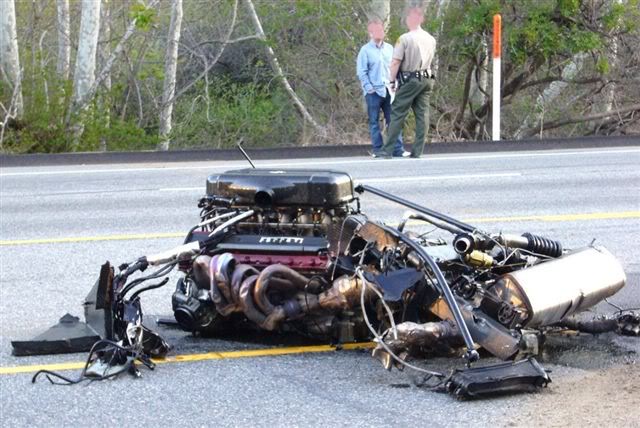
But that cost-to-value will change over time. Rob says what is maybe a $2.5 million Bugatti or Ferrari today, you know will increase to $10 million or more in 10 or 15 years. Maybe even a lot more. But the mangled hulk you have won’t cost $10 million or more for Ferrari to remake it.
Maybe it will cost $4 million or $5 million. That’s still an insane amount of money, for sure. But if it cost you $50,000 initially, and you pay $5 million to have it rebuilt, that’s $5,050,000.
How do hypercar makers help?
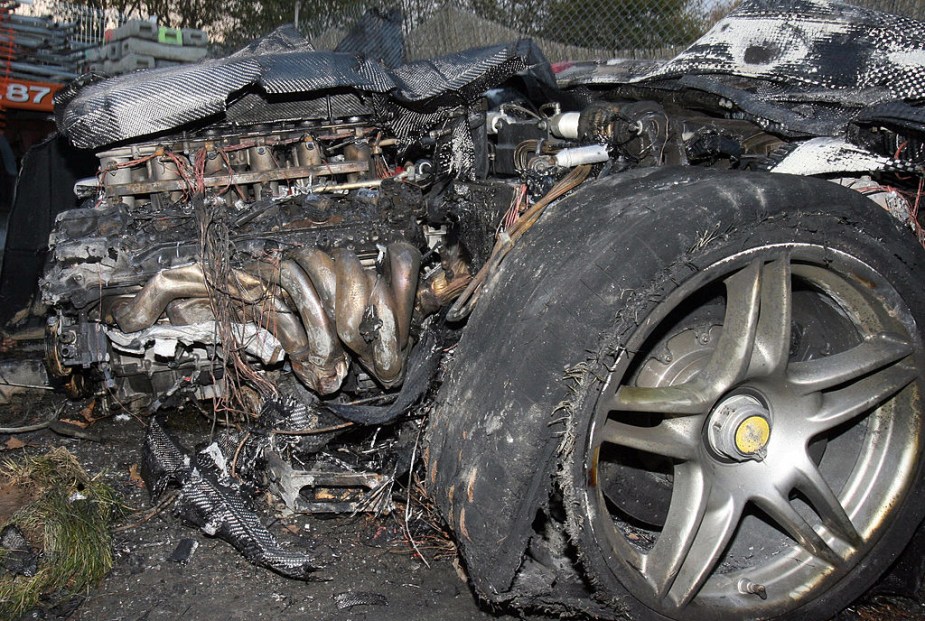
Yet, we all agree that supercar prices continue to increase, no matter how the economy is or what world crisis is taking place. So if a pristine version of your charred junk has a value of $10 million, there is close to $5 million profit to be made. And the potential buyer gets a brand new perfect car that is still “original” because there is a VIN number to prove it. Also, Porsche or Ferrari won’t remake a car without one.
There are private restorers that might be able to rebuild your hypercar hulk cheaper, but they’re not the manufacturer. So by stepping up for the car’s maker doing the work, it anoints the car with added value and cred. It’s like dealing in valuable commodities. Except, when it’s finished, you can drive it and enjoy it.
So that’s it. It’s definitely a gamble, a long-term gamble. But for us enthusiasts, that gold car at the end of the rainbow is much more compelling than gold coins or pork bellies.



